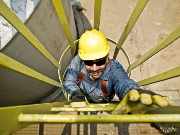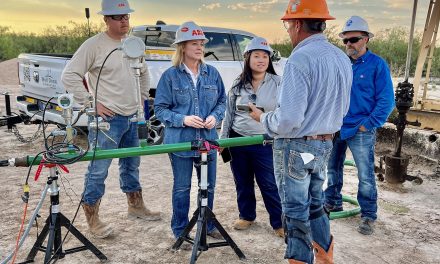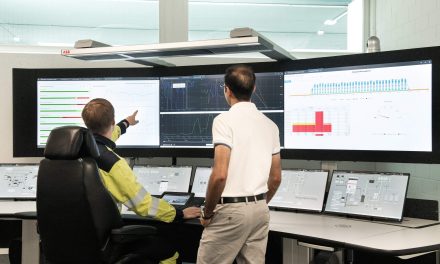 With more than 6,800 fall from height injuries last year in the UK, NEL has questioned why CEN, the European Standards Body, refuses to include human-like anthropomorphic test dummies (ATD) within its product safety standards.
With more than 6,800 fall from height injuries last year in the UK, NEL has questioned why CEN, the European Standards Body, refuses to include human-like anthropomorphic test dummies (ATD) within its product safety standards.
In 2010, the UK successfully demonstrated that the EN 353-1 standard failed to meet fundamental safety requirements and it is no longer officially recognised by the European Commission as a means to certify equipment. This standard did not require the use of ATDs and the signs are that any new standard replacing it won’t either.
In 1995 BS 5062, the UK’s test method for fall arrest equipment, which used ATDs, had to be withdrawn in favour of the newly harmonised EN 353-1. Despite UK objections, the ATD test was deleted.
Muir Porter, business manager, NEL, said, “The standard was a flawed compromise as its introduction as a harmonised standard in 1995 meant that it was less comprehensive than any of the British, French and German standards which it replaced.
“A key concern of ours is that there is no requirement for the use of ATDs in tests. The UK has been a world leader in the use of ATDs in safety testing since 1947. To us, this standard was more focused on breaking down trade barriers than safety. It achieved the lowest common denominator, rather than assuring the safety of those that rely on fall-arrest equipment to save their lives.”
The Health & Safety Executive (HSE) was so concerned by technical shortcomings that it commissioned fall-arrest research. The research showed that dangerous aspects of a product’s performance may not be detected if ATDs are not used in tests. For example, on fixed ladders fall-arrest equipment stopped a falling weight, but not an ATD. Also, harness straps garrotted an ATD, while the torso dummy failed to reveal this life threatening issue, because it doesn’t have a neck or head.
Muir Porter at NEL, concluded, “How can manufacturers and employers ensure that they provide equipment that protects workers at height if they cannot rely on the CEN safety experts to give them robust standards? When a new standard is finally agreed, despite the evidence, it seems unlikely that ATDs will be a requirement. When it comes to life saving fall-arrest equipment, we want CEN to adjust its focus from easing trade barriers to the safety of workers.”
NEL has now been commissioned by BSIF (British Safety Industry Federation) Height Safety Group to carry out comparison tests on a series of fall arrest systems using ATDs and steel masses. This will assess whether the steel weight tests can simulate the fall of a worker from a fixed ladder and whether the tests are capable of detecting product design deficiencies.



